In Vietnam, the loss caused by tobacco is five times higher than the revenue from tax on this product. Meanwhile, tobacco tax and price are among the lowest compared to other countries in the world and the average level of countries in the region.
The World Bank and the World Health Organization assess that price and tax policies are among the most important policies to control tobacco consumption and account for up to 50% of the reduction in smoking. The rest is the impact of other measures including: enforcing smoke-free environments, printing health warnings with pictures, communicating about the harmful effects of tobacco, banning tobacco advertising and supporting smoking cessation, etc.
The World Health Organization estimates that, on average, a 10% increase in tobacco prices would reduce tobacco use by about 4% in high-income countries and by 5% in low- and middle-income countries. Tax measures are particularly effective among adolescents, with estimates that a 10% increase in tobacco prices would reduce tobacco use by 10% or more among young people.
Assessing the current situation of tobacco taxes and prices in Vietnam, Ms. Phan Thi Hai, Deputy Director in charge of the Tobacco Harm Prevention Fund ( Ministry of Health ), said that from 2008 to 2019, Vietnam has only increased the special consumption tax on tobacco three times, but the tax increase each time was low and the time interval between tax increases was quite long. In 2008, the tax rate increased from 55% to 65%; in 2016, it increased from 65% to 70%; in 2019, it increased from 70% to 75%. However, these tax increases were too small and only had an impact on reducing consumption in the year of the tax increase, then increased again.
Since 2019, Vietnam has applied a special consumption tax rate of 75% and the taxable price is the factory price. The tobacco tax rate calculated on the retail price (including special consumption tax and value added tax) is only between 36.7 and 38.8%. This rate is much lower than the average of middle-income countries (59%), lower than most ASEAN countries are applying such as: Thailand (81.3%), Indonesia (63.5%), Singapore (67.5%)... The tax rate on the retail price as recommended by the World Health Organization is from 70% to 75% of the retail price.
 |
Retail cigarette prices in Vietnam are among the lowest in the world. |
Currently, in the Vietnamese market, there are up to 40 cigarette brands with retail prices under 10,000 VND/pack (20 cigarettes), many brands are priced from only 7,000 VND to 8,000 VND/pack. With such low retail prices, cigarettes are very accessible to low-income people, children and adolescents.
The National Strategy on Prevention and Control of Tobacco Harms by 2030 has been issued by the Prime Minister, clearly stating: Develop a roadmap to increase taxes on tobacco products to ensure that by 2030 the tax rate reaches the proportion of retail prices recommended by the World Health Organization (from 70% to 75% of retail prices); study and evaluate the effectiveness of the plan to calculate taxes on tobacco products based on retail prices or the plan to use a mixed tax structure.
In addition, authorities are recommending that the Government increase taxes on a regular basis so that cigarette prices keep up with rising incomes.
These tax solutions will help reduce the adult smoking rate from 41% (in 2023) to below 36% in 2030, thereby achieving the goals of the National Strategy on Tobacco Harm Prevention in Vietnam. At the same time, it will significantly reduce the total number of smokers, with a reduction of about 696 thousand people in 2030 compared to 2020. Increase annual real tax revenue, adjusted for inflation, by 169%, equivalent to collecting an additional VND 29.3 trillion per year from tobacco taxes compared to 2020.
Source: https://nhandan.vn/thue-va-gia-thuoc-la-o-viet-nam-thap-hon-mat-bang-chung-cua-the-gioi-post847649.html






















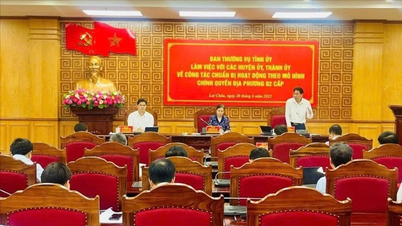


![[Video] From advertising to printing – the thousand-year journey of news](https://vphoto.vietnam.vn/thumb/402x226/vietnam/resource/IMAGE/2025/6/20/ddaafc5481924a59affdca906d9bbbfd)
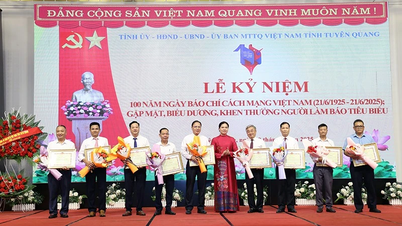

![[Photo] The 9th Congress of the Party Committee of the Office of the President, term 2025-2030](https://vphoto.vietnam.vn/thumb/1200x675/vietnam/resource/IMAGE/2025/6/20/78e7f27e8c4b4edc8859f09572409ad3)

























![[Maritime News] Wan Hai Lines invests $150 million to buy 48,000 containers](https://vphoto.vietnam.vn/thumb/402x226/vietnam/resource/IMAGE/2025/6/20/c945a62aff624b4bb5c25e67e9bcc1cb)













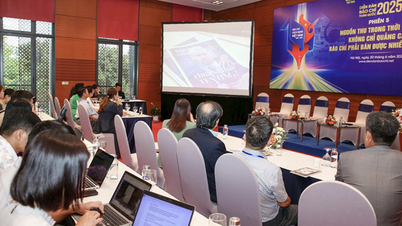















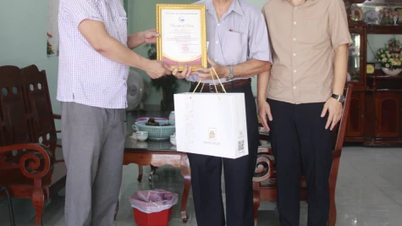














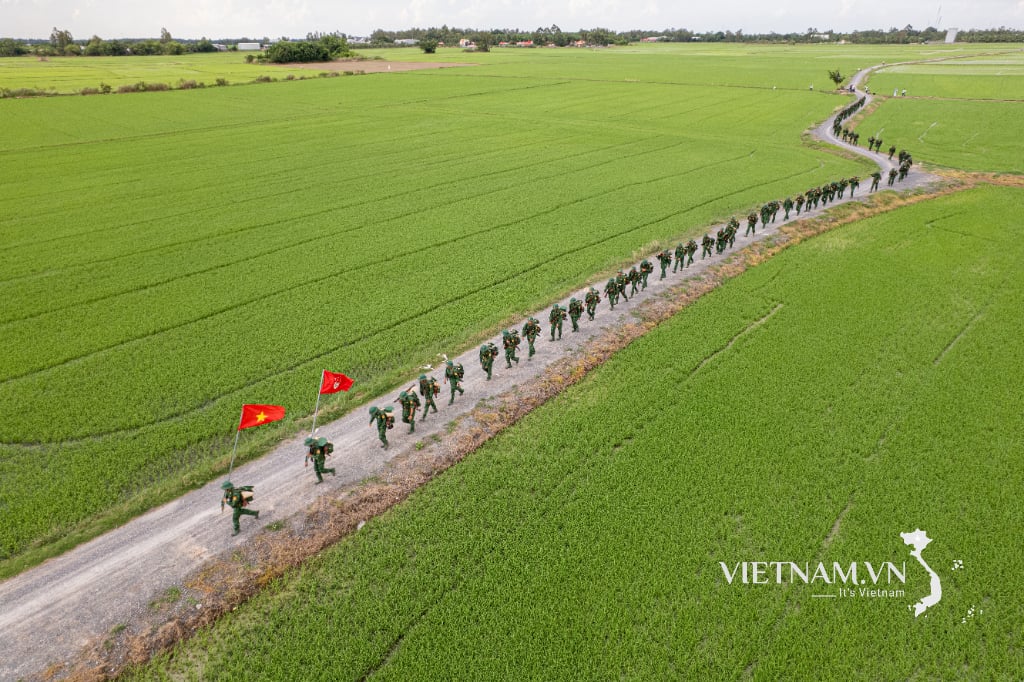
Comment (0)